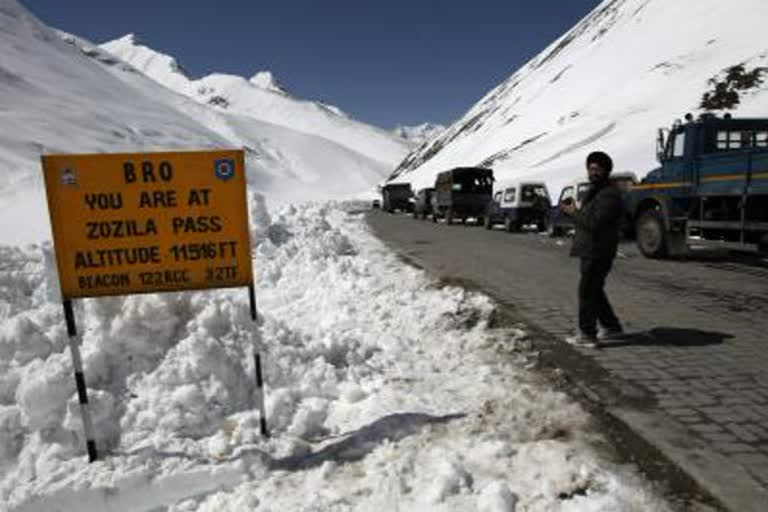New Delhi: India has lost access to 26 of the 65 patrol points in eastern Ladakh, reveals a research paper by a Leh police officer submitted at a recent security conference in New Delhi attended by Prime Minister Narendra Modi, Home Minister Amit Shah, and National Security Advisor Ajit Doval.
PD Nitya, Leh Senior Superintendent of Police, submitted the paper at the annual DGP Conference organised by the Intelligence Bureau held from January 20 to January 22. In her report, Nitya said that Indian security forces are no longer able to patrol 26 patrolling points located between the Karakoram Pass and the Chumur region in eastern Ladakh, a major flashpoint between India and China in the last few years.
"Out of the 65 PPs, our presence is lost in 26 PPs due to restrictive or no patrolling by the ISFs," Nitya wrote in the paper. She added that these areas, which once used to be patrolled by the Indian forces, have now been turned into “informal buffer zones”. "This leads to a shift in the border under control of ISFs towards the Indian side and a "buffer zone" is created in all such pockets which ultimately leads to loss of control over these areas by India," the paper read.
Also read: Chinese attempts to alter status quo in Ladakh shaken peace in border areas: Foreign Secy
“Later on, China forces us to accept the fact that as such areas have not seen the presence of ISFs [Indian security forces] or civilians since long, the Chinese were present in these areas,” the paper noted. This leads to a shift in the area under India’s control and a buffer zone is created, the paper said, adding: “This tactic of PLA [China’s People’s Liberation Army] to grab land inch-by-inch is known as salami slicing."
Nitya wrote that PLA has taken advantage of the buffer zone areas in the de-escalation talks by placing their best cameras on the highway peaks and monitoring the movement of our forces. "Chinese strategy was seen in the Galwan Valley...Making border areas out of bounds and keeping them barren affects troops' morale as well," the paper highlighted.
When ETV Bharat tried to get a reaction from Home Ministry over the paper, none of the officials were ready to comment on it. Meanwhile, former Rajya Sabha MP and firebrand politician Subramanian Swamy vehemently criticised the central government over the report. "Modi bluffed Indians when he said “koi aaya nahin…”. Now it is clear Modi Govt has surrendered ( lost access to) 26 of the 65 Patrol Points to China," Swami tweeted.



